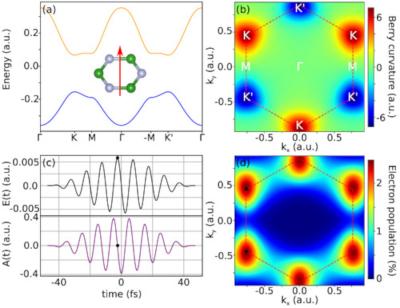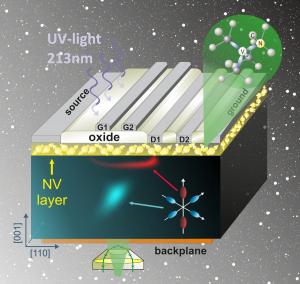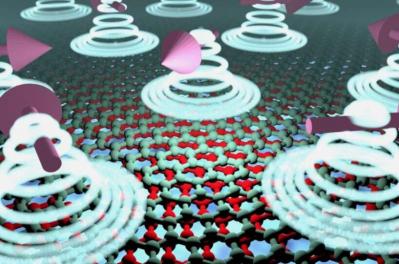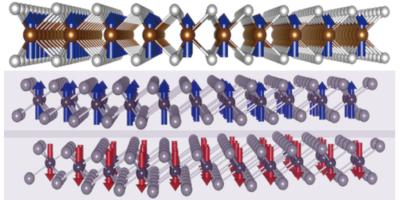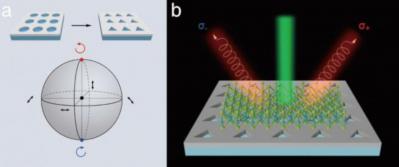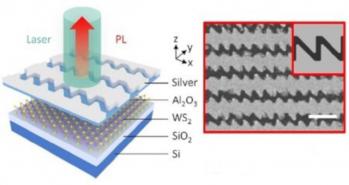Researchers show it is possible to realize a valleytronics device in pristine graphene
Researchers from Germany (Max-Born Institute) and India (IIT Bombay) have shown that it is possible to realize a valleytronics device in pristine graphene.
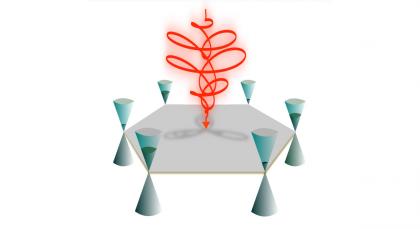
Graphene (and other graphene-like systems) feature an extra degree of electron freedom, or valley pseudo-spin. This has interesting potential in valleytronics applications, but the implementation of valleytronics ideas has been so far limited to gapped graphene-like semiconducting 2D materials, most commonly transition metal dichalcogenides, and has never been attempted in pristine graphene, because graphene monolayers have zero bandgap, zero Berry curvature, and thus nearly identical valleys,.
